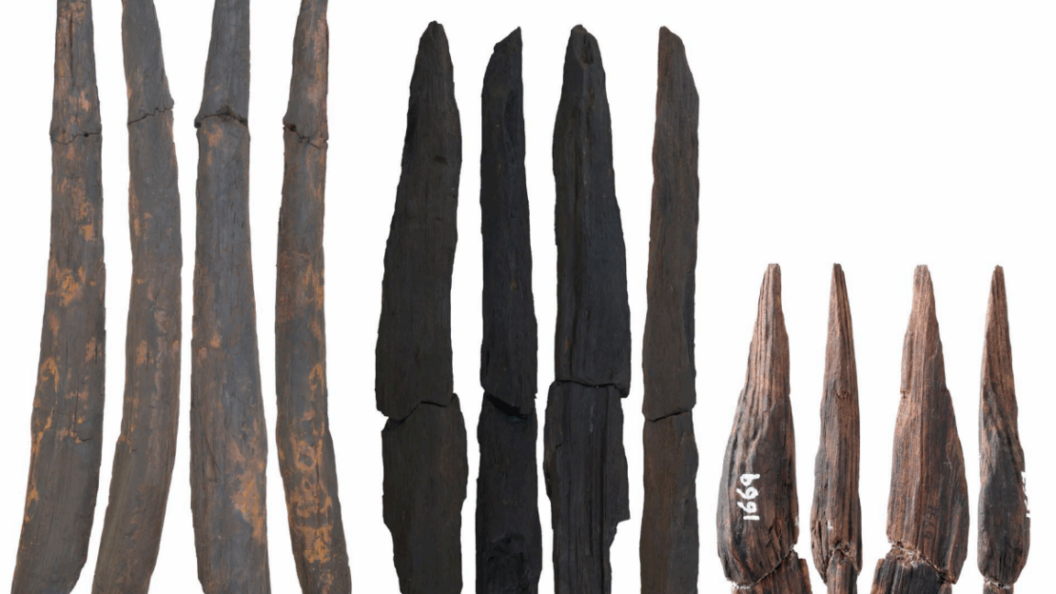Unearthing the Past: The Mystery of 300,000-Year-Old Tools in China
Recent archaeological findings at Gantangqing, China, have piqued the interest of researchers in the field of paleoanthropology. The discovery of 300,000-year-old wooden and stone tools alongside the remains of butchered animal bones raises questions about which ancient hominin species were responsible for these artifacts. The ongoing debate centers on three contenders: Homo erectus, Homo heidelbergensis, and Denisovans.
A Historical Perspective on Homo Erectus
Homo erectus is notable for its long-standing presence in Asia, with evidence suggesting that this species occupied the region for over a million years. The earliest fossils of Homo erectus in Asia date back 1.8 million years and have been found primarily in Indonesia. A significant site at Zhoukoudian, near Beijing, has produced remains dating from 700,000 to 200,000 years ago, although the dating is still debated. This extended presence means that Homo erectus was a contemporary of the Gantangqing hunter-gatherers and could very well be the makers of the simple stone tools discovered there. While there is no direct evidence linking Homo erectus to the more complex wooden tools, their ability to use fire and travel long distances leaves room for speculation.
The Case for Denisovans
Another strong candidate for the Gantangqing tools is the Denisovans, an extinct group closely related to modern humans and Neanderthals. Recent discoveries of Denisovan fossils, including a skull in Harbin, which dates back 146,000 years, show similarities with hominin remains from various Chinese sites dating between 300,000 and 200,000 years. The crafting of advanced wooden tools aligns well with what is known about Denisovan capabilities, making them a serious contender for the creators of the Gantangqing artifacts.
The Muddle of Homo Heidelbergensis
The third candidate, Homo heidelbergensis, presents a further complication. This species is considered a direct ancestor to the Denisovans, leading to discussions among scientists about when distinctions between these groups emerge. The intertwined evolutionary lineage refers to a phenomenon often called the “muddle in the Middle,” as both species coexisted during the Middle Pleistocene. Understanding where Homo heidelbergensis ends and Denisovans begin is crucial, but remains challenging without further fossil evidence.
The Challenges of Attribution
Determining which species produced the tools at Gantangqing is complicated by the absence of definitive skeletal remains. As researchers point out, unless additional fossils or tools that unmistakably belong to one of these hominin groups are found, establishing authorship may remain elusive. Statements from leading paleoanthropologists underline the importance of discovering clear markers, such as skulls or distinctive tool types, to draw definitive conclusions.
Significance and Implications
The importance of these findings cannot be overstated, as they provide insight into the capabilities and behaviors of our ancient relatives. Understanding which hominin was responsible for these tools may unlock information about their social structures, hunting practices, and cognitive abilities. The possibility that multiple hominin species coexisted and shared or developed similar technologies raises questions about cultural transmission in prehistoric times.
Final Thoughts
As research in Gantangqing continues, the findings contribute not only to our understanding of human evolution but also invite further exploration into how early humans interacted with their environment and each other. The investigation into 300,000-year-old artifacts serves as a reminder of the untold stories embedded in our ancient past, keeping the conversation about human origins alive and robust.









